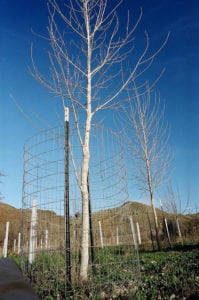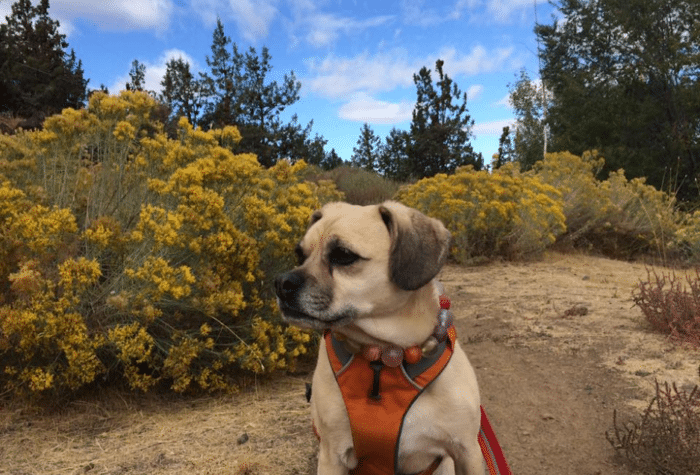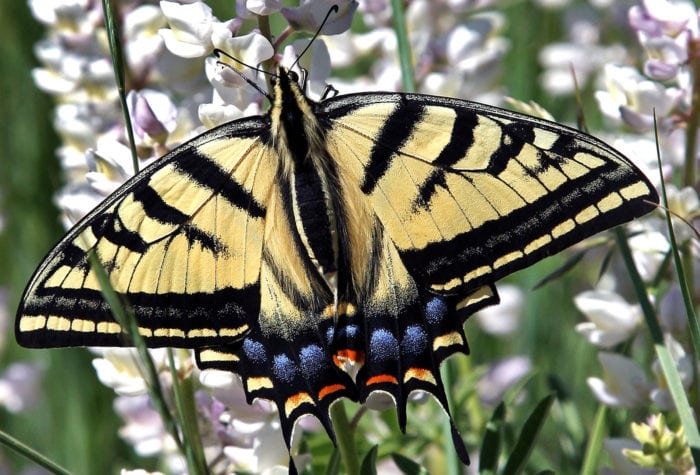Where There’s Cottonwood, There’s Water.
We recommend listening to this Cottonwood Canyon Riparian Soundscape while you read this Species Spotlight.
At the new Riley Ranch Nature Reserve in Bend, a friend pointed into the distance and said, “Huh, looks like there’s water over that rise.” We couldn’t actually see any water, so how did she divine its presence? With a tree, of course. Like many a pioneer on the Oregon Trail, my friend knew that the sight of a black cottonwood is a sure-fire indication that a water source is near.
 Cottonwoods (Populus trichocarpa) make such spottings easy because they’re the tallest broadleaf tree in the West. They can’t tolerate shade, so they move into disturbed areas and grow faster than any other native tree, racing to beat the competition to the sunlight. That rapid growth is one reason ONDA, with the help of lots of generous volunteers, has planted thousands of cottonwoods along Pine Creek and Bridge Creek in the John Day River Basin, along the South Fork of the Crooked River in Central Oregon, and more.
Cottonwoods (Populus trichocarpa) make such spottings easy because they’re the tallest broadleaf tree in the West. They can’t tolerate shade, so they move into disturbed areas and grow faster than any other native tree, racing to beat the competition to the sunlight. That rapid growth is one reason ONDA, with the help of lots of generous volunteers, has planted thousands of cottonwoods along Pine Creek and Bridge Creek in the John Day River Basin, along the South Fork of the Crooked River in Central Oregon, and more.
Like alders and willows, cottonwoods stabilize riverbanks with their thickly stitched roots — and that’s only the beginning of their usefulness. They also provide food and shelter for too many wildlife species to mention. Large birds like eagles, herons, osprey and even Canada geese nest in their sprawling crowns. Native Americans made dugout canoes, bedding, baskets and sweat lodges from cottonwoods, and Lewis and Clark used the trees to make canoes, wheels and axles.
When you come upon one of these big, beautiful trees in spring, smell the sticky resin on the buds — it’s a rich, sweet aroma you won’t soon forget. In summer, do as the pioneers did and rest awhile in the trees’ ample shade. For about a thousand miles of the Oregon Trail, cottonwoods provided the only significant shade to be found.
As you rest in the shade, you can relate to how native salmon feel. They depend on the shade provided by cottonwoods, and other bank-dwelling trees and shrubs, to survive.
You can help ONDA keep streams and rivers in Oregon’s high desert cool by planting cottonwoods on one of our upcoming riparian restoration stewardship trips.


